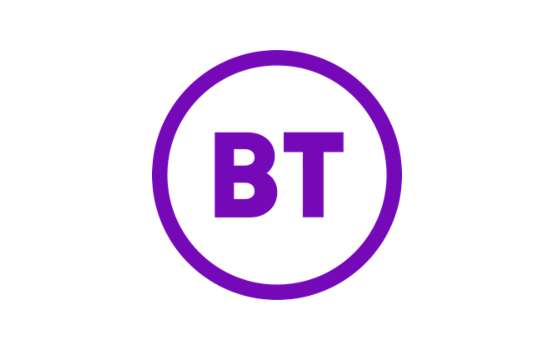 Opinion Article by Professor Ann-Marie Cannaby, senior NHS nurse and member of the BT Clinical Advisory Board, BT Enterprise.
Opinion Article by Professor Ann-Marie Cannaby, senior NHS nurse and member of the BT Clinical Advisory Board, BT Enterprise.I have spent my career in nursing. From my earliest days working on wards to now being a Chief Nurse, it has remained very clear to me that people at the frontline of service delivery often best understand the problems and challenges facing healthcare.
I am a member of the BT clinical board. I'm excited to see BT launch and progress its vanguard programme, working with hospitals and with frontline staff to co-design solutions that work in practice.
I am interested in how technology and digital solutions can help to address that challenge - to bridge some of that gap, not as a substitution, but as an augmentation to the workforce.
Technology will help take some of the burden away from the menial or administrative tasks still carried out by healthcare professionals. It will place information at clinicians’ fingertips in a timelier way, aiding diagnoses, connecting disparate systems, or help with patient flow. There are lots of ways we can digitise to support different ways of working.
I am also very interested in robotics and how robots can help in the NHS into the future. Most of us are aware of robots in surgery - helping surgeons to complete difficult procedures. I am interested in robots in unstructured spaces - in departments and wards, where they might take away lower-level tasks to help make busy doctors and nurses more efficient, and release time to care.
But for technology to help - for it to really be a solution - co-creation is extremely important. The design and creation of new technologically advanced products is essential but application is critical - applying things in practice and co-designing things that add value, that benefit healthcare professionals, and that don't add to clinicians' work but help them work more efficiently.
This is about joining the wealth of digital experience that exists in a technology provider that knows how to develop at scale, with the knowledge within the NHS and other parts of health and social care system, about the challenges being faced.
People developing digital solutions now need to think, with their partners, about how hospitals, communities, systems and places work, and how they can work together with them. Developing something in isolation might solve a local problem, but the real opportunity is to think about both local and wider system's needs, so that digital innovations can deliver impact at scale quickly to enable sustainable change.
As a member of the clinical board, I am interested in applying much more of the innovation BT already has into health and social care scenarios - to maximise opportunities in translational innovation. I am also convinced that opportunities for new innovations can come from fresh approaches to co-creation and I am excited about what the future will bring to those beginning their healthcare careers.
Frontline teams sometimes don't have the vehicles they need to translate their ideas into practice. Bringing the NHS and BT together provides an important vehicle for innovations to come from the frontline and to create new problem-solving solutions that we haven't seen before.
About BT
BT Group is the UK's leading telecommunications and network provider and a leading provider of global communications services and solutions, serving customers in 180 countries. Its principal activities in the UK include the provision of fixed voice, mobile, broadband and TV (including Sport) and a range of products and services over converged fixed and mobile networks to consumer, business and public sector customers. For its global customers, BT provides managed services, security and network and IT infrastructure services to support their operations all over the world. BT consists of four customer-facing units: Consumer, Enterprise, Global and its wholly-owned subsidiary, Openreach, which provides access network services to over 650 communications provider customers who sell phone, broadband and Ethernet services to homes and businesses across the UK.For the year ended 31 March 2021, BT Group's reported revenue was £21,331m with reported profit before taxation of £1,804m.
British Telecommunications plc is a wholly-owned subsidiary of BT Group plc and encompasses virtually all businesses and assets of the BT Group. BT Group plc is listed on the London Stock Exchange.